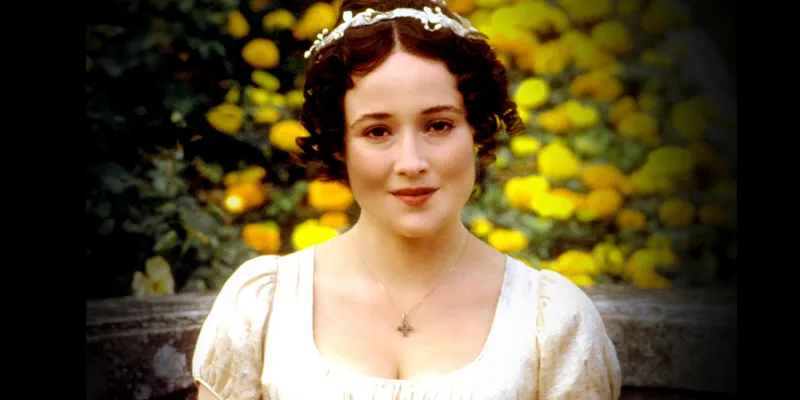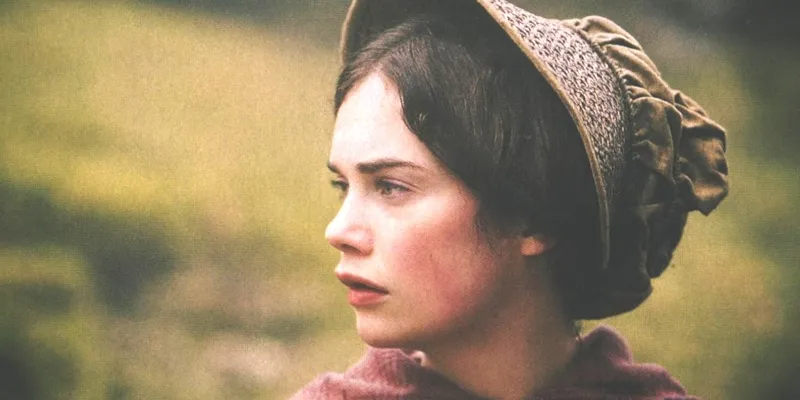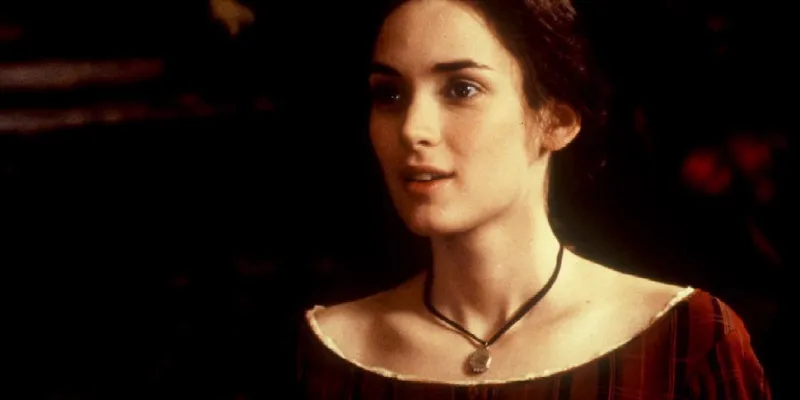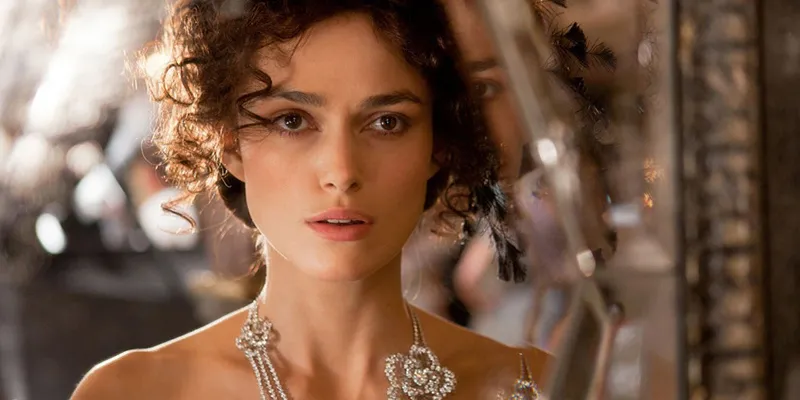Breaking stereotypes the classic way — literary heroines and why we love them
Imagine a world where there are no gender markings! No stereotypes! No boys having to wear blue and girls draping themselves in pink! No aggressive boys and girls being demure! No rules like “boys don’t cry” and “boys will be boys.”
If only girls could have managed to do everything that boys have got to do for centuries. It’s a little hard to imagine such a scenario given that we are the product of a culture that has always reiterated gender stereotypes.
However, we can’t be accused of not trying. Women for centuries have tried to shed the noose of norms, of stereotypes, and of gender roles as role models, as leaders, as feminists, and as artists. Today we look at women who are not real but somehow mirror many of us who have broken the rules and set ourselves free from the noose of gender stereotypes.
Elizabeth Bennet
When she was supposed to be simpering behind her fan before the gentlemen, practising the piano, and learning how to knit, paint, dance, and settle into a marriage of convenience with a suitor of her father’s choosing, Elizabeth Bennet chose love.

One of the most intriguing and unconventional characters from British classics, Elizabeth Bennet is one of the most admired and loved characters of Jane Austen’s work Pride and Prejudice.
Elizabeth stood against everything the British gentry sought to call and set as the norm. She broke the stereotype of how women were supposed to behave. She spoke her mind; she spoke from the heart and refused to give in to a marriage of convenience, much to her mother’s agony.
In the day and age in which the novel is set, saying no to a suitor was almost suicidal, and yet Elizabeth, who did not come from a rich family, rejected a proposal.
It is no wonder then that women across generations have admired Elizabeth, or Lizzy, as her family fondly called to her. She stood up for what she believed in and wanted. She did not allow herself to be boxed into stereotypes or pushed into behaving the way she was expected to.
Jane Eyre
A young orphaned girl working as a governess in a manor with little exposure to the outside world would usually be a meek and submissive young woman given to following commands from superiors.
Nothing of the sort in the case of Jane; she may have been simple and had little exposure to the world, but she is one of the strongest literary characters ever created. Charlotte Bronte’s Jane Eyre is about strength of character, the power of love, and the importance of self-respect.

Jane is again the antithesis of how women were supposed to behave, think, and act. Finding out at the altar that the love of her life was already married, she left him. She stayed away, built a new life for herself, and refused a marriage proposal, but eventually took care of him when he had lost everything. She met him on her own terms.
Jane showed great courage even when she was heartbroken, and always maintained her dignity and self-respect in trying to move on with life. Jane’s story is unusual for her time, for women of her generation would have not done any of the things she did.
Scarlett O’Hara
The heroine of Margaret Mitchell’s Gone with the Wind, Scarlett O’Hara of Tara may just about fool you into believing that she, like other women of generation, had only two concerns — clothes and men. The latter she never had a dearth of; with a string of young men falling over her, Scarlett was often the beneficiary of male attention.
She was shrewd, and with guile and display of feminine charms, knew how to wrap men around her little finger. But in the midst of a world marred by war, this woman, so often described as self-obsessed, managed to display her strength of character.

Scarlett never gave up; she was a fighter — be it for misplaced love, money, for her home and heritage, or for the people who were dependent on her.
Always at the centre of controversies, she never wavered from her intentions. She couldn’t care less about what others thought of her or the number of rules she broke.
She was who she was without any qualms. That is this character’s beauty for it inspires you to be you, without being embarrassed about it.
Jo March
Louisa May Alcott’s novel Little Women is a much-loved work revolving around the lives of four sisters, each with a unique identity. However, the most loved one is the eldest sister, Jo.

Partly based on the author herself, Jo was tomboy who was rebellious, strong-minded, independent, and outspoken. Jo was a very unusual character for her generation, but those very qualities make her so endearing.
As the eldest sibling she displayed an inspiring integrity . Her strong sense of responsibility towards her family made her so loveable.
Anna Karenina
In Leo Tolstoy’s eponymous masterpiece, Anna Karenina is a strong, wilful, and proud Russian aristocrat. A married woman, she has an affair and is disgraced by society and yet does not shy away from facing her fellow aristocrats from St. Petersburg. She faces a society that has dual standards towards men who indulge in adultery and are not questioned but Anna is sentenced to social exile.

She is well read and intelligent, also spirited and passionate. Tolstoy beautifully captures the duality of the Russian aristocracy towards men and women in the context of philandering and adultery. Anna is driven by love, and follows her heart. It is one of the strongest traits of her character — to follow her heart. It is what she inspires the readers to do.
Each of these women is a strong reminder of the shackles that women need to break, rules that they need to bend, and the dreams that they need to follow. Stereotypes will have to be broken, one woman at a time.










![[Startup Bharat] Y Combinator-backed BeWell Digital is enabling the digital transformation of radiologists](https://images.yourstory.com/cs/2/40d66ae0f37111eb854989d40ab39087/ImagesFrames31-1648033042143.png)
